

(Keshena, Wisconsin) - The Menominee Indian Tribe of Wisconsin contributed over 4 tons of electronic and pharmaceutical waste to the EPA Great Lakes 2008 Earth Day Challenge.
This is the second of several videos explaining the numerous MITW projects including teaching youth about the legend of the sturgeon and its place in tribal culture, cleaning up the reservation, replacing gang symbols with Native American art and making garbage monsters.
In part two, the non-profit interfaith Earth Healing Initiative looks at the sturgeon education classes.
---


(Keshena, WI) - The Menominee Indian Tribe of Wisconsin in Keshena held massive electronic and pharmaceutical waste collections during the EPA Great Lakes 2008 Earth Day Challenge - involving over 100 projects across eight states that comprise the Great Lakes basin.
However, the tribe was creative as it added other facets to the challenge like teaching the children about its culture and the close relationship to the earth and its many lakes and streams.
All classes at the tribal school taught the students about the sturgeon, that is a vital part of Menominee legend and heritage, said Joe Awanahopay, language arts instructor at the Menominee tribal school.
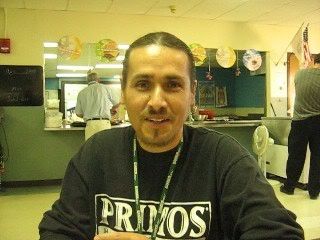
Joe Awanahopay, Menominee Tribal School language arts instructor
Called the protectors of Menominee wild rice, the sturgeon used to spawn on the reservation until a man made dam blocked the route so the sturgeon could not reach their ancestral spawning grounds.
Earth Week tribal school classes applied subjects like math, history and others to different aspects of the life cycle, biology, habitat, legends, current/past spawning grounds and the cultural and practical value of the sturgeon, an important fish to the Menominee people since the dawn of their tribe.
"The sturgeon are a historic importance to our people," Awanahopay said.
"Since the beginning of time, our people have relied upon the sturgeons for various reasons including for food and scraping hides." "In our legends, the sturgeon are the protectors of our wild rice," said Awanahopay of the slow growing giant fish known for its thick hide and rubbery snout whose uses and related regulations have sometimes pitted white fishermen against American Indians.
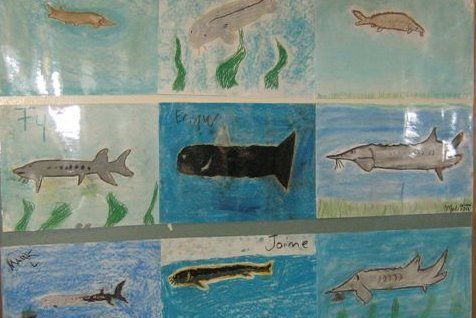
"We have been engaging the students in the culture, language, science and the social studies of what the sturgeon mean to our people."
"In the science department they have been studying the anatomy and the physiology of the sturgeon," Awanahopay said. "In the language arts department they are looking at the sturgeon habitats and what the effects of pollution are."

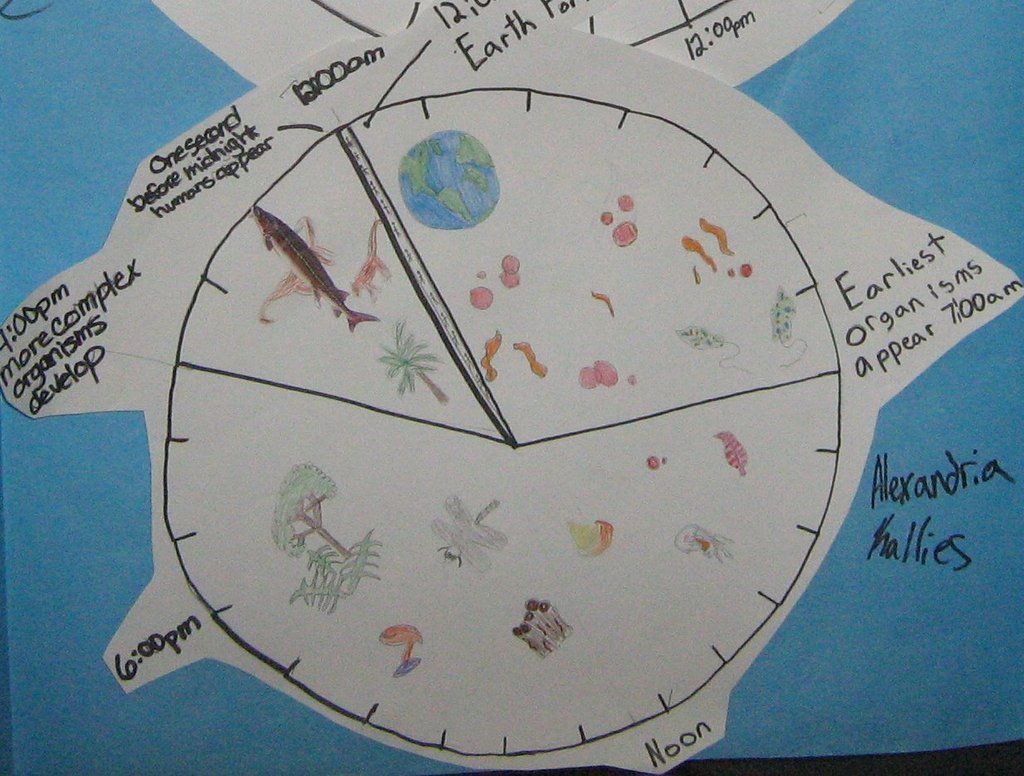
"In social studies they are looking at the different migrations, the geography, the path the sturgeon used to take to come to their home here - their traditional spawning grounds on the Menoninee Indian reservation," Awanahopay said. "Because of two dams that are here now south of our reservation, sturgeon are no longer able to come home here to their ancestral spawning grounds."
The tribal school students are immersed in Menominee culture and learn to speak the language and its meaning.
This was applied to the sturgeon lessons.
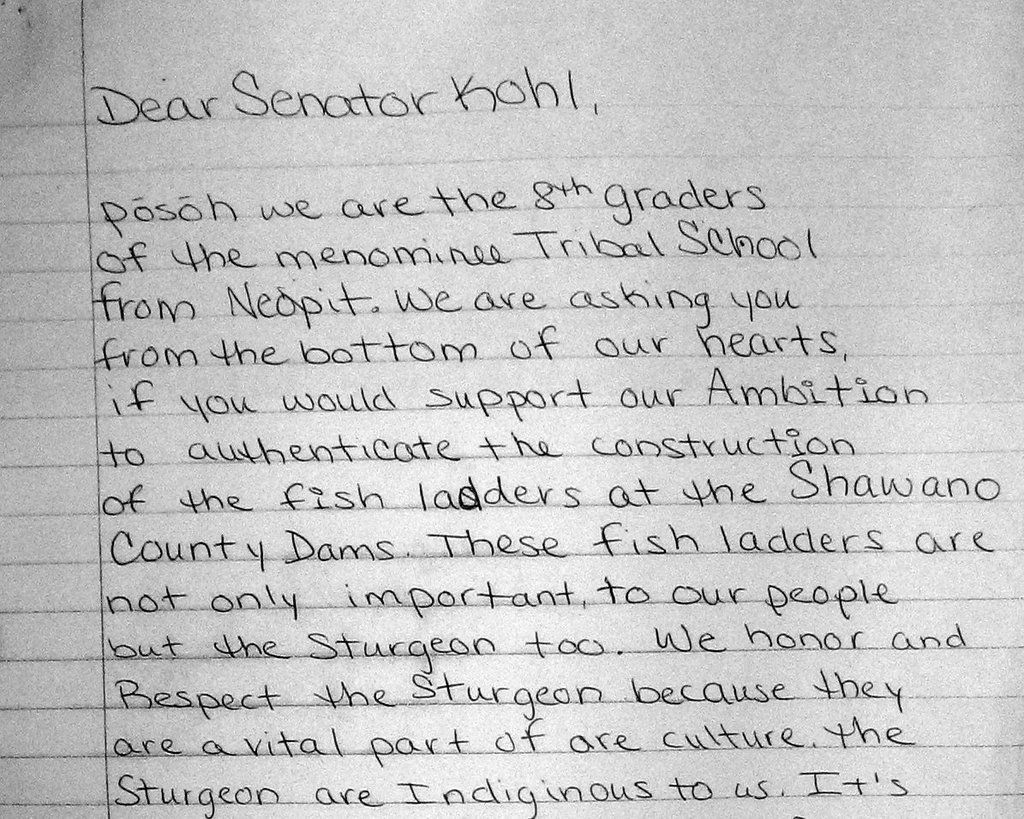
"In the language and culture room, I focus on the historic importance and the legends of the sturgeon and how these things were passed down from one generation to another generation and why its important for our youth to hang on to that," Awanahopay said.
The students learn "to look forward into the future with the knowledge of the sturgeon, but yet hang onto their spiritual and cultural heritage that is so rich."
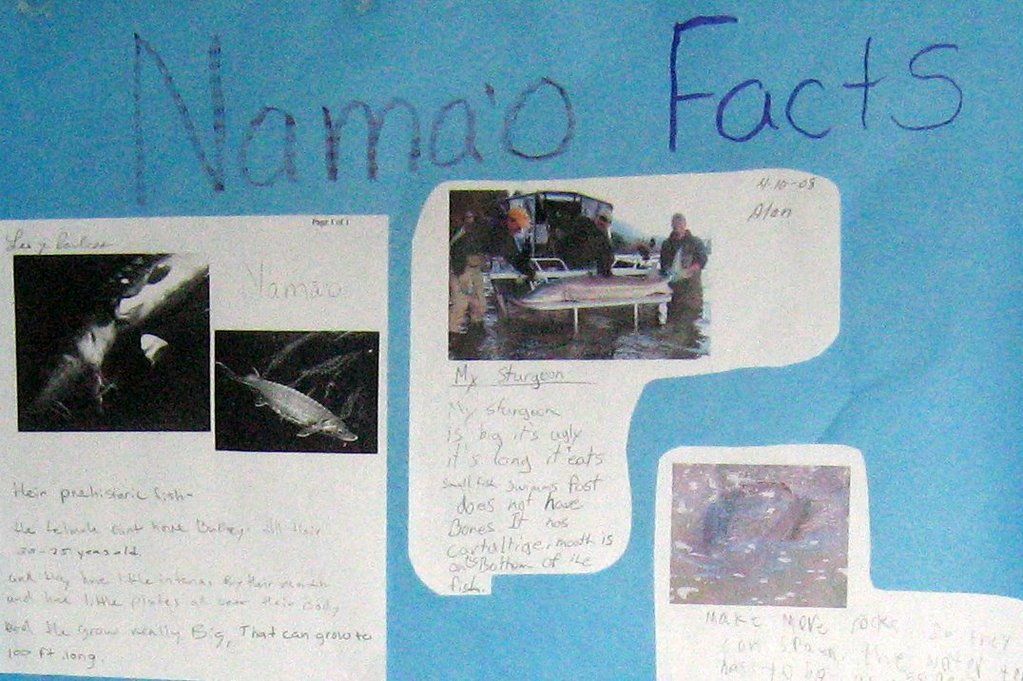
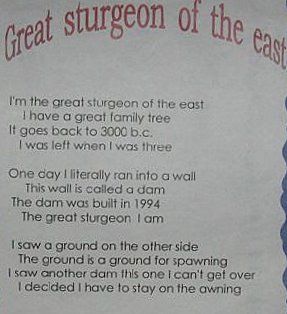
The tribal school students have a vast reservoir of sturgeon knowledge that the elders are happy to pass on.
"We are so fortunate to have so many elders that we still work with that are able to give us this knowledge and pass it from one generation to the next, despite all of the forced assimilation and the changes in our youth, who are trying to make their way in modern society yet integrate the traditions with the technology in todays world Awanahopay said.
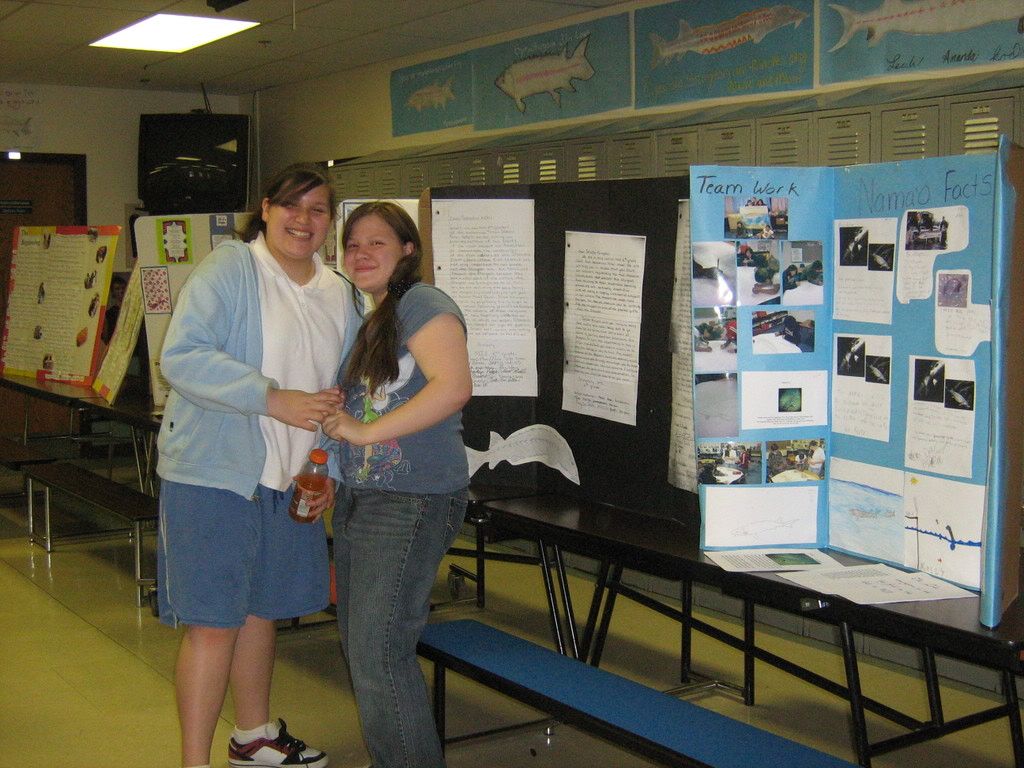
Other tribal projects during the challenge included a collection of unwanted medications and e-waste at the College of Menominee Nation and the clean up of two reservation communities by tribal school students, the Menominee Teen Court Panel, and many other volunteers.
The students also whitewashed gang graffiti at a skateboard park replacing it with American Indian art.
Adults participated in the challenge in a big way - as the tribe's Solid Waste and Recycling Department held curbside e-waste collections during Earth week 2008 - and all month accepted e-waste at the transfer station. Cardboard and other items are also recycled by the Menominee tribe
Native American and other students also made garbage monsters at the Keshena Public Schools with help from their parents using common every day trash from home. The students made a presentation on how to be reuse stuff they normally thrown in the trash like plastic jugs.
More than four tons of e-waste and other recyclables were removed from the reservation during April.
Faculty and students brought their old computers, cell phones and medicines to an e-waste and pharmaceutical collection site at the tribal college in Keshena, Wisconsin to help a federal Earth Day challenge to clean up the Great Lakes Basin, while younger students cleaned up the reservation and whitewashed gang graffiti.
At the College of Menominee Nation, the Earth Day 2008 e-waste and medicine collections went smoothly as people turned in hundreds of items.
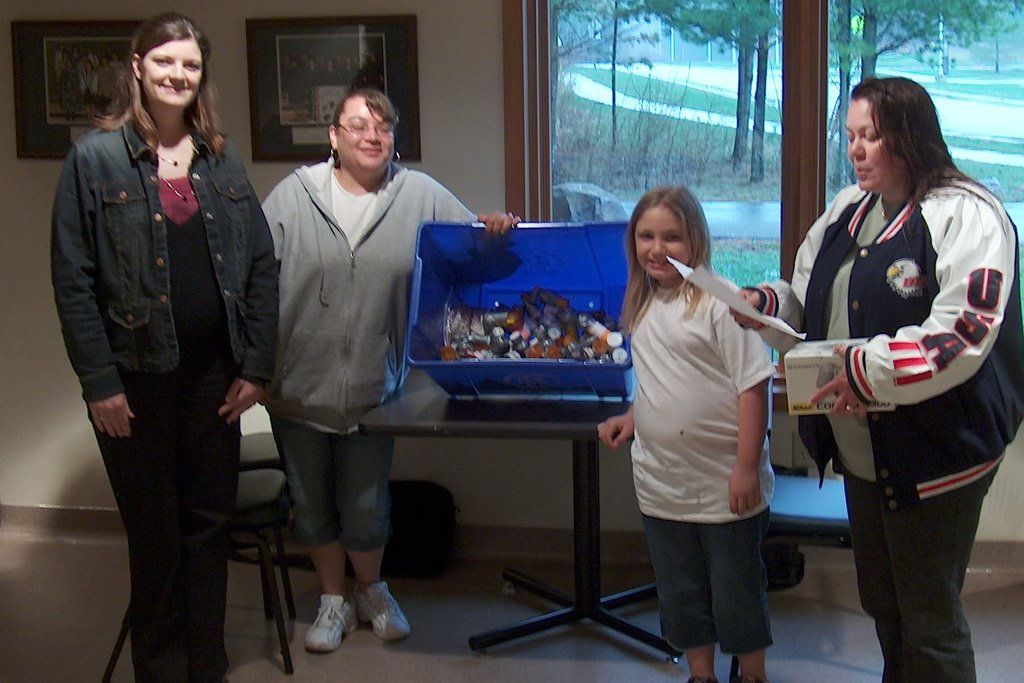
Over 23 pounds of medicines were turned in including 100 bottles of pills, more than 25 computers and dozens of related components like hard drives, printers, keyboards and speakers; televisions, radios, DVD players, 12 cell phones and over 100 small batteries.

The collection is among numerous Menominee Indian Tribe of Wisconsin (MITW) projects that are part of the United States Environmental Protection Agency Great Lakes 2008 Earth Day Challenge that runs through the end of April.
Gang graffiti was whitewashed from a skateboard park wall near the tribal school by K-8 students. The MITW youth honored Earth Day and replaced graffiti with positive Native American symbols.
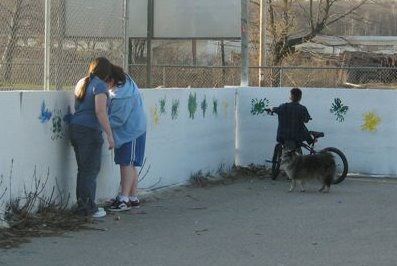
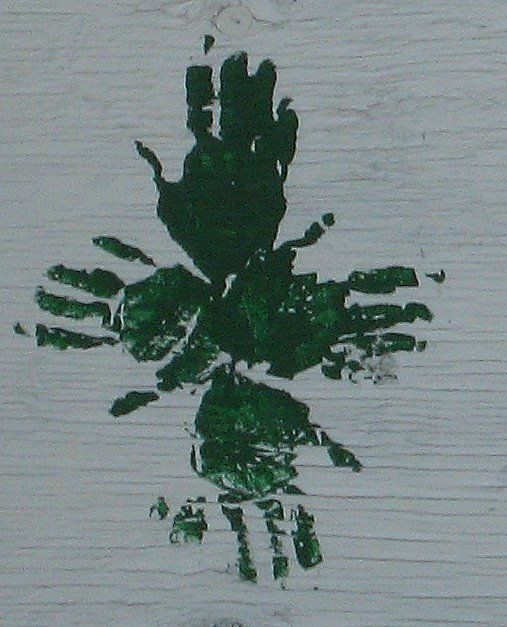
"The younger students put their hands in paint and made flower hand prints on the wall," said teacher Beth Waukechon. "All week students have been cleaning up the reservation, and one student was so inspired she wants to start an Earth Club."
On Friday, April 25, over 180 students cleaned up litter around the community of Neopit.


"The students are giving thanks to Mother Earth for all that she had done," Waukechon said. "They are taking a moment each day to do that."
"We know that Mother Earth can shake us off at any moment," she said. "We are the ones that need her, she doesn't need us."
"Clean up the Rez Day" was held on Thursday, April 24 at the tribe's Youth Development and Outreach program. The Menominee Teen Court Panel and volunteers cleaned up garbage, said Claudette Hewson, MITW Restorative Justice Coordinator.
The teen panel, ages 14 to 17, is a peer review for youthful offenders sentenced in tribal court who "need to learn healthy behaviors," Hewson said. On May 2, at-risk teens will paint over more reservation gang graffiti.
Sponsors include the tribe's Community Resource Center, Menominee County Police, Menominee Tribal Police, Tribal Clinic Wellness Program (Maehnowesekiyah), Probation and Parole, Community Recycling Project, Recreation Department, EarthHealing.org and the U.S. Post Office in Keshena.

Earth Week tribal school classes applied subjects like math, history and others to different aspects of the life cycle, biology and value of the sturgeon, an important fish to the Menominee tribe.
Overseeing the pharmaceutical collection was Heidi Cartwright, a part-time Manawa police officer and college police science instructor.
While hosting the collection, the college's Implementing Sustainable Development class found out they won the National Recycling Coalition Bin Grant through Coca-Cola, said professor William Van Lopik, Ph.D.
"One of premises of the class is to do things, not just talk about what we are going to do and how the world is going to be changed, but having students do things," Dr. Van Lopik said.
The grant pays for 50 recycling bins.
The class has participated in the ten-week Recycle Mania project two years in a row that involves weighing recyclables as they leave the building. This year, the class ranked 136 out of 200 colleges and universities with 8 pounds of recyclables per person, beating out Ohio State and Georgetown, Van Lopik said.
The MITW held curbside pickup of electronics during Earth Week. A couple thousand pounds of electronics were turned in at the MITW transfer station since April 1. The total is expected to reach several tons.
Native American students recently created "Garbage Monsters" out of bottles, paper and other items found in their trash in a project at the Keshena Public Schools, said Diana Wolf, MITW Solid Waste/Recycling Coordinator. After naming their monsters, the students explained other uses for the garbage.
This video on the projects connected to the Great Lakes 2008 Earth Day Challenge was made possible by a grant from the U.S. Environmental Protection Agency in collaboration with the EPA's Region 5 office in Chicago, the EPA Great Lakes national Program Office, also in Chicago, in cooperation with the non-profit Interfaith Earth Healing Initiative in Marquette, MI.

The EHI involves American Indian tribes and "a coalition of churches, synagogues and other faith traditions joining together to heal, protect and defend the environment," said EHI founder Rev. Jon Magnuson of Marquette, Michigan.
---
I'm Greg Peterson and you're watching Earth Healing TV
---
Related website about Keshena, Neopit, the College of Menominee Nation and Menominee County, WI:
Menominee Indian Tribe of Wisconsin official website - homepage:
MITW Tribal School website:
---
College of Menominee Nation:
---
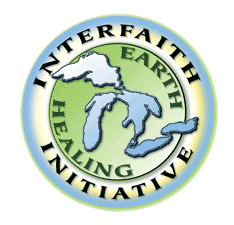
Earth Healing Initiative Keshena, WI page:
http://www.earthhealinginitiative.org/keshena.html
Earth Healing Initiative:
http://www.earthhealinginitiative.org
---

MITW Maehnowesekiyah Wellness Center:
http://www.menominee-nsn.gov/healthFamily/maehnowesekiyah/maehHome.php
http://www.wcadv.org/index.cfm?go=about/news_pressrelease&id=26
http://www.reznetnews.org/article/news/scared_and_scarred
---
University of WI Cooperative Extention wesbsite page for Menominee tribe info like schools, college:
http://www.uwex.edu/ces/cty/menominee/index.html
---
Menominee Indian Tribe of Wisconsin Youth Development & Outreach
http://www.menominee-nsn.gov/healthFamily/youthDevel/youthHome.php
---
Youth Development and Outreach
W3191 Fredenberg Drive
P.O. Box 910
Keshena, WI 54135
715-799-5137
715-799-5227 (Fax)
Director: Darwin Dick
---
Great Lakes Inter Tribal Council
http://www.glitc.org/pages/mtw.html
---
Interfaith graphics by Justice St. Rain (Bah'i Community) of Interfaith Resources - Special Ideas website:
http://www.interfaithresources.com
http://www.interfaithresources.com/subcategories.php?dir=leftMenuSub&template=default&id=10
http://www.interfaithresources.com/products.php?id=2469
---
Call Justice St. Rain at Interfaith resources:
1-800-326-1197
---
Interfaith Resources
P.O. Box 9
511 Diamond Rd.
Heltonville, Indiana
47436
---
"Bah'u'llh, the One who founded the Faithclaims to fulfill the prophecies concerning the Promised One of all religions. His life and teachings are worthy of further study to determine the goodness of His fruit, and the validity of His claim."
Quote from "Finding Common Ground"
How many beliefs do you share with members of the Bah'i Community?
You may be surprised!
By Justice St. Rain
(Bloomington, IN: Published by Special Ideas, 1997), p. 11
Interfaith graphics located with help from Bahai Media and Public Information specialist Ellen Price
wk: 847-733-3559
---
Samuels Recycling - Green Bay, WI:
http://www.samuelsrec.com/mapmenu.htm
---
Links to sites about Samuel's Recycling in Green Bay (Buyer Mike Zastrow - 1-920-494-3451)
http://www.altermetalrecycling.com/Green_Bay_WI.jsp
http://www.dnr.state.wi.us/markets/matcompany.asp?sortby=city
http://www.dnr.state.wi.us/markets/comp_detail.asp?id=400
http://search.greenbaypressgazette.com/sp?aff=109&catId=19220500
--
http://en.wikipedia.org/wiki/College_of_the_Menominee_Nation
http://en.wikipedia.org/wiki/Keshena%2C_Wisconsin
http://en.wikipedia.org/wiki/Neopit%2C_Wisconsin
http://en.wikipedia.org/wiki/Menominee_County%2C_Wisconsin
http://www.wisconline.com/counties/menominee/
http://www.wisconline.com/counties/menominee/data.html

---
>

No comments:
Post a Comment